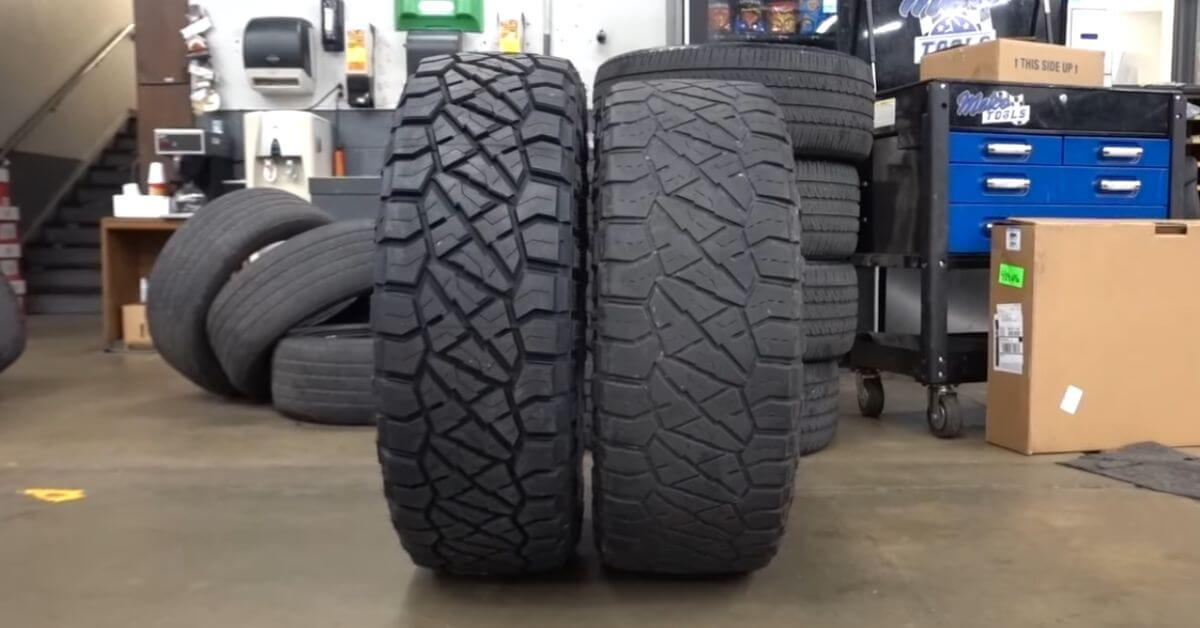
When choosing tires for your vehicle, the numbers on the tire’s sidewall can significantly affect performance, comfort, and safety. A common comparison is between 235/60 and 235/65 tires. While they may seem similar, there are important differences. This article explains those differences and helps you decide which tire size is best for your needs.
Breaking Down Tire Specifications
To understand the difference, let’s decode what the numbers represent:
- 235: The tire’s width in millimeters, measured from sidewall to sidewall. Both 235/60 and 235/65 tires share this width.
- 60 or 65: The aspect ratio, which is the sidewall height as a percentage of the tire’s width. For a 235/60 tire, the sidewall height is 60% of 235 mm, while for a 235/65 tire, it is 65%.
- R: Refers to the radial construction of the tire, the standard for most modern vehicles.
- Wheel Diameter: The rim size the tire fits, often specified separately (e.g., 17 or 18 inches).
Key Differences Between 235/60 and 235/65 Tires
1. Sidewall Height
- 235/60: The sidewall height is 141 mm (60% of 235 mm).
- 235/65: The sidewall height is 152.75 mm (65% of 235 mm).
- What This Means: A taller sidewall (235/65) provides better cushioning, while a shorter sidewall (235/60) offers a firmer, sportier ride.
2. Overall Diameter
The overall tire diameter includes the wheel size and the combined height of both sidewalls:
- A 235/60 tire has a smaller overall diameter than a 235/65 tire.
- This difference affects the vehicle’s ground clearance, speedometer accuracy, and gearing.
3. Ride Comfort
- 235/65 Tires: The taller sidewall absorbs more road bumps, resulting in a smoother ride. These tires are ideal for comfort-oriented vehicles like SUVs or crossovers.
- 235/60 Tires: The shorter sidewall reduces flex, giving the vehicle a more responsive, sporty feel.
4. Handling and Stability
- 235/60 Tires: The smaller sidewall height enhances stability and handling, especially during sharp turns or high-speed driving.
- 235/65 Tires: While more comfortable, the increased sidewall height may slightly reduce handling precision.
5. Speedometer Reading
A larger overall diameter (235/65) means the tire covers more ground with each rotation, potentially causing the speedometer to underreport your actual speed.
Choosing the Right Tire
Deciding between 235/60 and 235/65 tires depends on several factors:
1. Vehicle Compatibility
Always check your vehicle’s owner’s manual or tire placard for the recommended tire sizes. Using a tire size with a different diameter can affect performance and safety systems like ABS or traction control.
2. Driving Conditions
- Urban/Highway Driving: For smooth roads and daily commutes, the sportier handling of 235/60 tires may be preferable.
- Off-Road or Rough Terrain: The taller sidewalls of 235/65 tires offer extra cushioning, making them better for uneven surfaces or off-road conditions.
3. Comfort vs. Performance
- Choose 235/60 if you prioritize handling and a firmer ride.
- Opt for 235/65 if you want a smoother, more comfortable ride.
Pros and Cons of 235/60 and 235/65 Tires
| Feature | 235/60 | 235/65 |
|---|---|---|
| Sidewall Height | Lower (141 mm) | Higher (152.75 mm) |
| Ride Comfort | Firmer | More cushioned |
| Handling | Better, sportier | Slightly less responsive |
| Ground Clearance | Lower | Higher |
| Speedometer | Reads higher than actual speed | Reads lower than actual speed |
| Best For | Highway driving, sportier feel | Comfort, rough roads, off-road |
Choosing between 235/60 and 235/65 tires depends on your driving needs and your vehicle. If you prioritize handling and responsiveness, 235/60 tires might be the better option. However, if comfort and ground clearance are more important, 235/65 tires could be the way to go.
You might also be interested in
- 245 Vs 315 Tires
- 255 Vs 265 Tire Size
- What Tires Fit 17X8 Rims
- Widest Tire on 20X8 5 Inch Rim
- What Size Tires Fit on a 6-Inch Lift
- Widest Tire on 9.5 Inch Wheel
- What Size Tire is 325 60R20
- Tire Balancing Beads Vs Weights
- What Does Tire Maintenance Mean on a Nissan Rogue
- What Does Maintenance Tire Mean on a 2014 Nissan Altima



